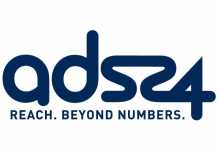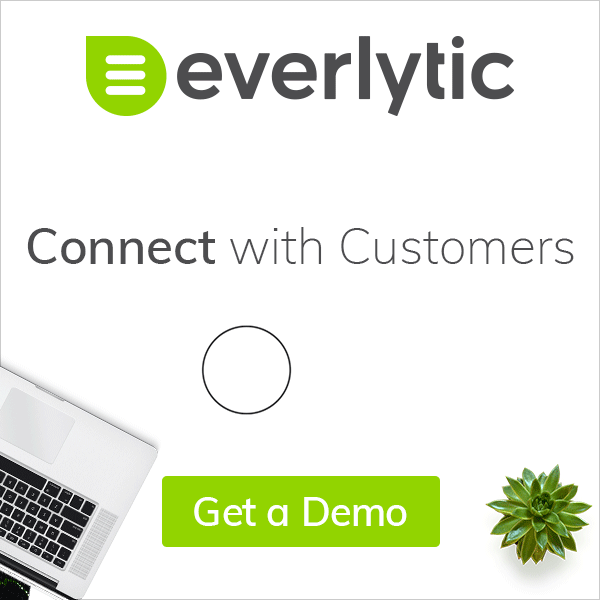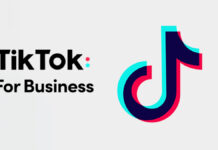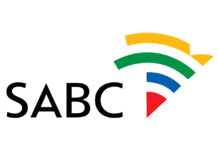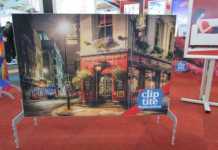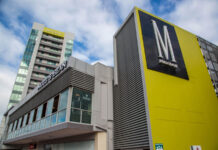With the onslaught of e-commerce a constant in the retail industry today, new and innovative approaches need to be taken to inform retailers and marketers on ways to increase footfall and boost sales in their ‘traditional’ brick-and-mortar stores.
To boost competitiveness and create the added value and convenience that customers want, Retail Analytics becomes invaluable. “Gone are the days when all you needed to be successful in the retail world was a good product. These days you need to know your customer. Retail Analytics gathers information to determine patterns and trends to make informed business decisions that are based on the needs of the customer. In this way, you are able to better serve them and create a personalised shopping experience”, says Scott Matthews, New Business Developer at Moving Tactics Retail Analytics.
1. Get to Know Your Customer
Getting to know your customer is integral to creating value for them in-store as well as to maximise store space potential. Using a variety of Retail Analytics tools such as Zonal Tracking, retailers can determine which areas within the store are of most interest to customers, where are they spending their time, and what products are they most interested in. It can also be used to find out how they navigate their way through the store and what areas are of most interest at specific times of the day/week or month and, in this way, target products more effectively.
2. Improve the Shopping Experience
Using the information obtained about the customer herself, retailers can pick up on trends and behavioural norms to create a more dynamic shopping experience; and a variety of Retail Analytics tools can be employed for this purpose:
- Footfall Counting – pick up on shopping peaks and troughs and make appropriate staffing decisions
- In-Store Wifi – offer your customers free wifi while they shop to offer additional value and, at the same time,
gain insights into the customers themselves, ie. are they returning or new customers,
what sites are they browsing while in-store (ie competitor, price or product information sites)?
Retailers can also use wifi tracking to increase the time customers spend in-store by offering
specific on site promotions, driving loyalty programme acquisitions or offering a tailor-made in-store wifi solution. - Queue Management – improve the customer’s queuing experience while tracking purchasing trends purchasing and dwell time
- Tracklite – understand how customers move through the retail space to optimise store layouts
- Proximity Engagement – using beacons to trigger content on a customer’s mobile device to create a new way in which the
customer can interact with the physical store space - Time and Attendance – using the same beacon and app technology aimed at staff to automate store-level operational and HR functions
- Audience Measurement – track the number of viewers, traffic and demographics with an audience measurement camera tool.
3. Stay Ahead of the Competition
Data obtained via Retail Analytics tools needs to be analysed and used scientifically to improve the shopping experience, cater to the needs of customers but also improve sales for retailers. “You want to draw your customers in as they look at your store window display, and even the effectiveness of this can be measured,” says Matthews. By using Retail Analytics tools, marketers and retailers can measure the effectiveness of a specific promotional campaign based on the tracking of customers and measurement of sales.
Having the technologies installed gives retailers the opportunity to not only measure what they see, but to also ask customers for their input and remind them of specific campaigns and promotions that might be running while they’re standing in your store.
“Using a technology such as an audience measurement tool, we are able to measure the effectiveness of digital signage systems installed at various stores nationwide. As an example, at one retailer, the percentage of viewers compared to traffic rose from 5% at the entrance screen to 20% in the in-store space and ended with 100% at the checkout screen that included the queue management system. We are also able to collect data such as the gender and age groups of the viewers and draw insights into the mall’s and store’s customer demographic over a period of time. We are also able to measure increases in store traffic from specific marketing initiatives,” explains Matthews.
Retail Analytics tools are all about bringing about a deeper understanding of what, why, when and how your customer shops but even more advanced data can be gathered by using a combination of these simple tactics. “By bringing these technologies together, you create a 3rd dimension of retail analytics to increase store efficiencies, introduce in-store added-value initiatives, and provide consistent and reliable service, thereby simplifying and improving the customer shopping experience,” adds Matthews.
Moving Tactics is a leading South African digital signage solutions company that develops customised digital signage technologies and is constantly creating innovative communication solutions.
Website: www.movingtactics.co.za
Facebook: www.facebook.com/MovingTacticsCT
Twitter: @MovingTacticsSA




